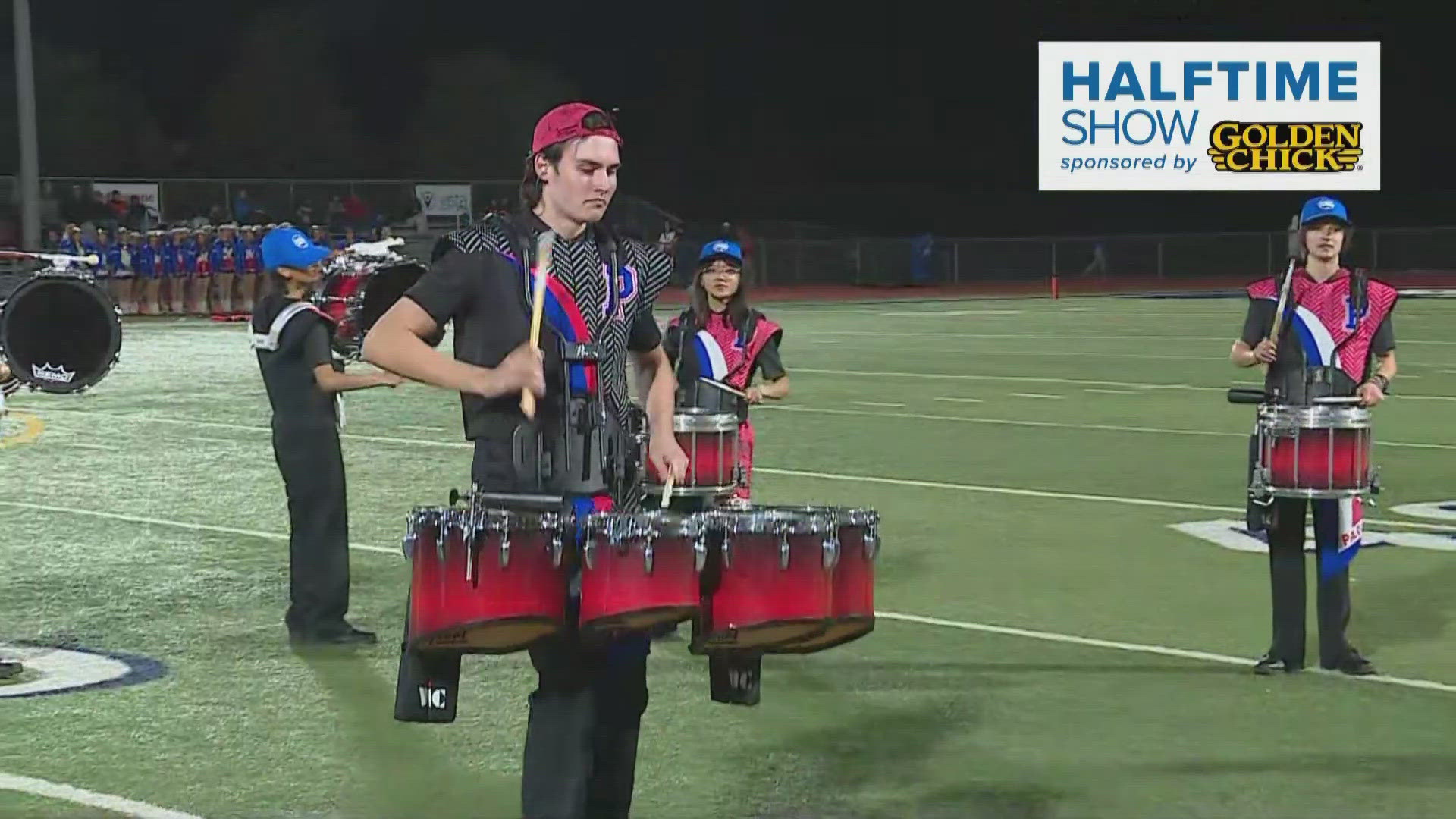Seventeen officers violated the Dallas Police Department's chase policy in a September high-speed pursuit that left an officer seriously injured, an internal affairs investigation has concluded.
None of the officers, including the one who was injured, were authorized to be involved in the 28-minute chase that began in Lake Highlands when a driver tried to run over several officers during a confrontation in an apartment parking lot.
Two pairs of officers also face discipline for having turned off their squad cars' in-car video cameras in violation of the department's policy, according to the report obtained through an open-records request.
What discipline the officers may face has not been determined. But the chase, along with an October incident in which a squad car fatally struck a 10-year-old child while racing at least 29 mph over the speed limit without sirens or emergency lights on a darkened road, prompted the department to tighten its procedures on how officers respond to emergencies.
Senior Cpl. Glenn White, president of the Dallas Police Association, said he believed that much of the criticism aimed at officers has been unfair second-guessing.
"Officers are going out there trying to do the best they can. God forbid when something happens, because when it does, everybody's up for scrutiny and we're all criticized," Cpl. White said.
Police Chief David Kunkle said he had not yet been briefed on the results of the internal investigation and could not comment on it.
A panel formed by Chief Kunkle has separately made several recommendations to improve the department's management of police pursuits. One calls for a station supervisor to monitor the speeds of those officers rushing toward the chase or following it.
"We have the technology to determine which cars are going over certain speeds and to do it in a real-time basis," Chief Kunkle said. "We want pursuits, when they occur, to be done in the safest way possible."
The high-profile chase started after a woman called 911 to report that her ex-boyfriend, Jason Sneed, 27, was threatening her. Officers chased Mr. Sneed from the woman's apartment complex in Dallas to Mesquite and back to Dallas before he abandoned his vehicle and was arrested.
The department's policy allows two officers and a supervisor to take part in a chase, although a supervisor can authorize additional vehicles. In this case, the supervisor authorized two additional vehicles.
But numerous other officers were driving at high speeds toward the chase.
In the days after the pursuit, supervisors also examined in-car video from injured officer Christopher Cordray's vehicle. Officer Cordray was not authorized to be involved in the pursuit when he raced more than 20 miles across Dallas, weaving in and out of traffic, sometimes on the shoulder, at speeds topping 100 mph as he tried to catch up to the chase.
He hit a tree and remains on injury leave.
Several officers told investigators they were confused about who was authorized to be involved in the pursuit because of jumbled radio traffic. Supervisors also didn't know how many officers were racing to catch up to the chase, according to the report.
Senior Cpl. Phillip Rhodes reached 115 mph, records show. He told investigators that he tried to join the pursuit because he had stop sticks in his car and a supervisor was calling for them. He wrote that he dropped out once he saw the police pursuit go past him in the opposite direction on Interstate 30.
"I think I was cautious and used due care for the safety of others when reaching those high speeds on the freeway," Cpl. Rhodes wrote in a statement to investigators.
Officer Ryan Berry and Senior Cpl. Tonya Coleman said they simply didn't recall turning off their in-car camera, even though records showed it was turned off four times during the chase. Records show they reached a top speed of 108 mph.
Of the officers who weren't authorized to be in the pursuit, Officer Matthew Terry reached the highest recorded speed at 130 mph. He said he followed the pursuit because he didn't know what the suspect's intentions were and where he might be going. At one point, he was going so fast that he even passed another squad car, records show.
"After reviewing the video, I realized me passing another squad car was a poor decision and will not make that mistake in the future," he wrote.

